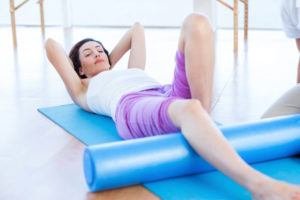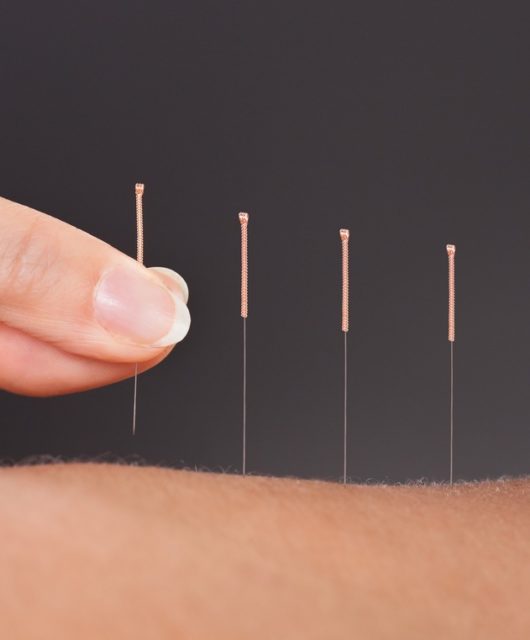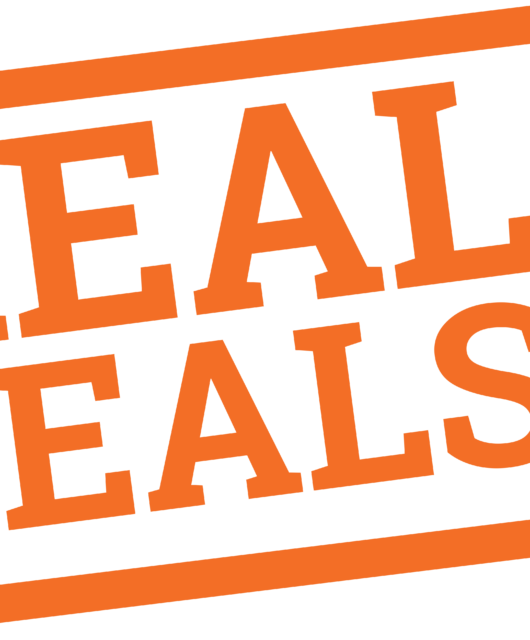Have you heard of foam rolling? If you’re an athlete, runner, swimmer, bodybuilder, or sports coach, you probably have used one to improve muscle recovery or performance. If you haven’t, that’s alright, that’s what this post is for. Join us as we discuss foam rolling including what it is and how it benefits you. Maybe afterwards you’ll be convinced it’s the secret weapon you need to really lift your game. Let’s begin.
What Is a Foam Roller?
As its name suggests, a foam roller is made out of foam and features a “log-like” look. As a versatile and inexpensive piece of equipment, foam rollers are rapidly gaining popularity in the world of exercise. It’s not just their affordability that’s making foam rollers popular, it’s also the number of health benefits they offer.
Sounds Interesting, What Are the Benefits?
Using a foam roller before or after a workout has a number of benefits, these include:
- Iron out knots in your muscles
- Relieve pain
- Increase movement
- Increase blood flow
- Assist with recovery
- As a prop for stretching or yoga
Most importantly, they offer a way to perform a myofascial release on your body.
A Myo-What?
Myofascia, or the fascia, is a web or netting of soft tissue that surrounds our muscles, bones, and nerves, among other things. It provides all of those areas with protection and support. When it gets damaged, either from physical injury, inactivity, trauma, or from inflammation, it loses its elasticity. What happens then is that the fascia becomes tight, which can cause pain in the afflicted area. It isn’t only pain that is felt, a restricted fascia can cause muscle spasms, headaches, breathing difficulties, sciatica, loss of flexibility, and back pain. Sounds bad right? Thankfully you can make your fascia pliable again with either myofascial release, which involves seeing a myofascial therapist, or by using a foam roller.
How Does a Foam Roller Help Me?
As said, a foam roller allows you to perform a myofascial release by yourself. It is a quick and affordable method that you can perform from your own home. Not only that, but using one is very easy. Here’s how:
- Get into a comfortable position
- Place the foam roller under each muscle and roll
- If a tender, sore, or painful area is found, continue to slowly roll while applying pressure to that spot for 30 to 60 seconds
- Alternatively, and some people say this is better, you can slowly roll the foam roller away from the sensitive area towards the surrounding muscles
Doing this will loosen and stretch the underlying fascia, allowing the pain to lessen, and the area to begin to heal. The result of continued myofascial release with a foam roller is improved blood flow to the muscles, improved mobility, improved physical performance, and muscle recovery.
Applying Pressure to a Painful Area? That Sounds… Painful!
The truth is that self-myofascial release can hurt. However, unlike having have a therapist perform the techniques on you, by using a foam roller you can control the healing process. This means you have full control of your therapy, so if it becomes too painful, you can always lessen the intensity and go slow. It is because only you can feel the action of the foam roller, that you should be the one to control it.
So if you’re interested in physical well-being and peak health, even if you’re not a professional, opt to use a foam roller to help recover from any injuries.












